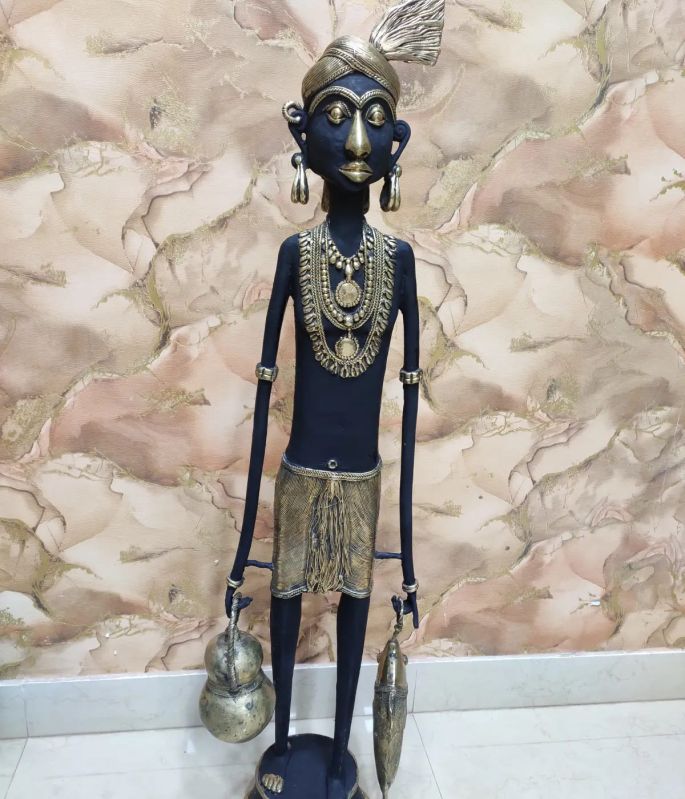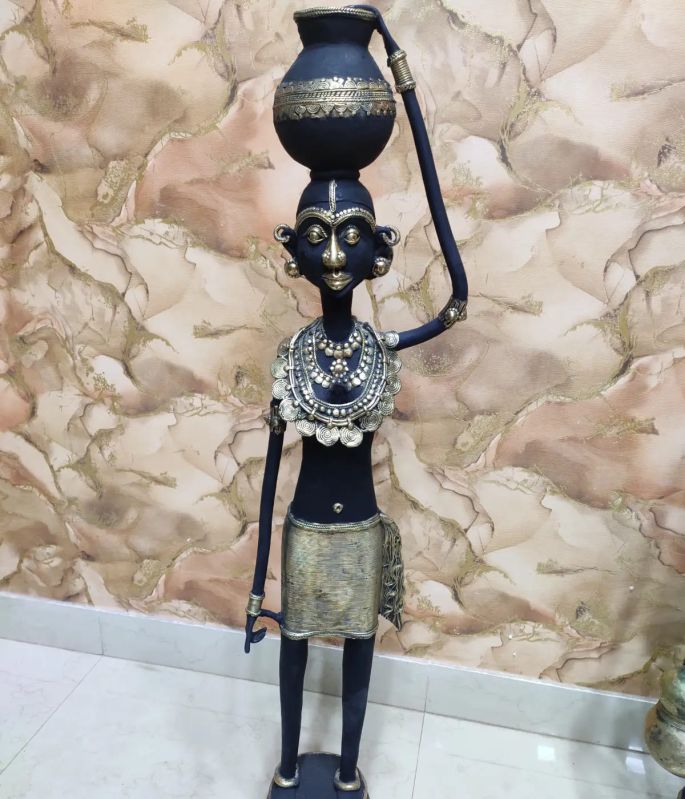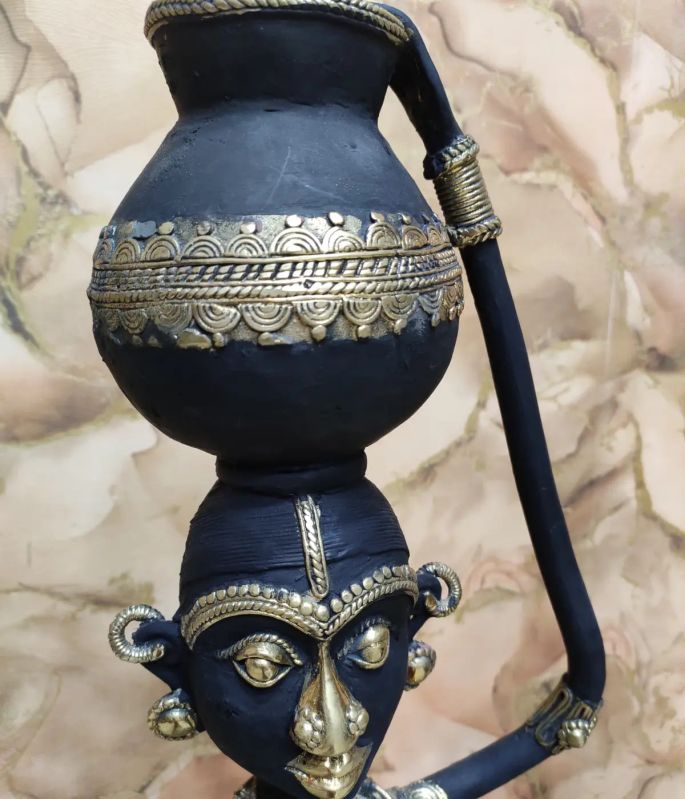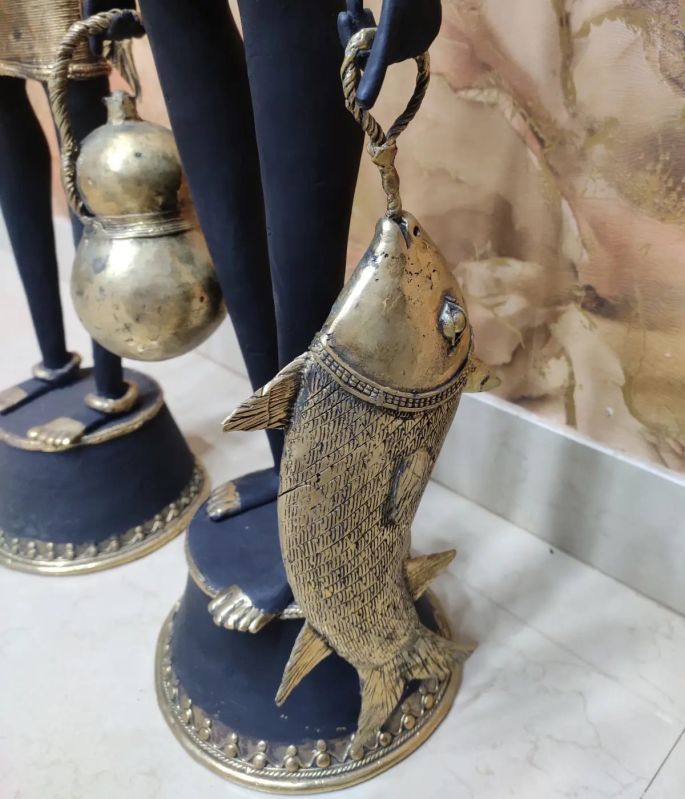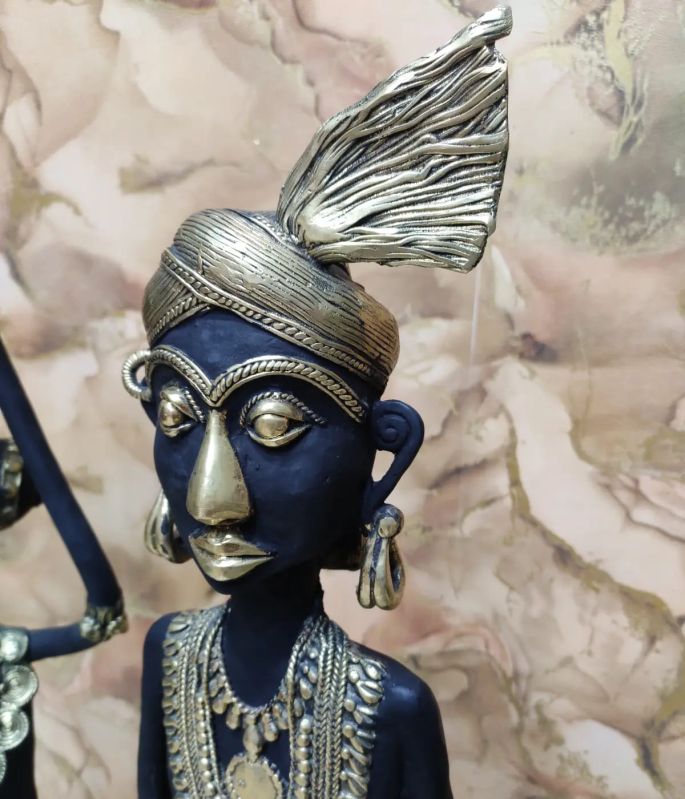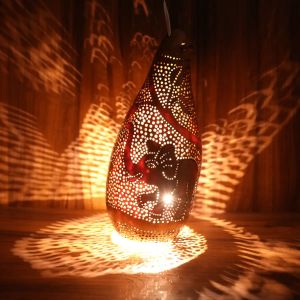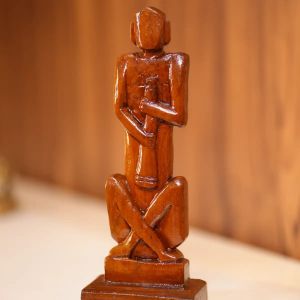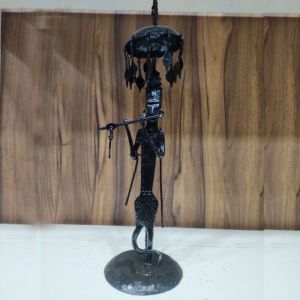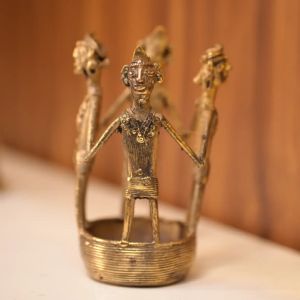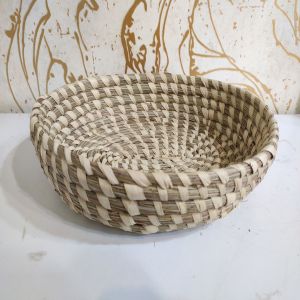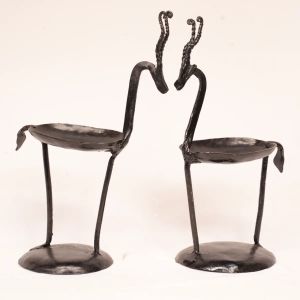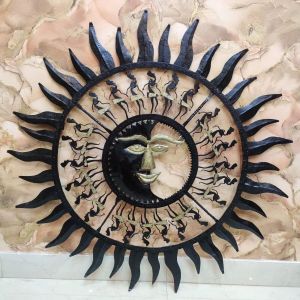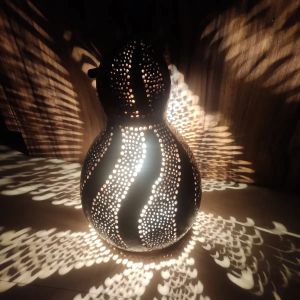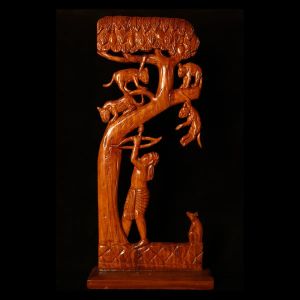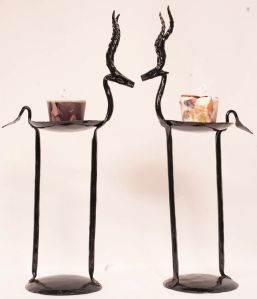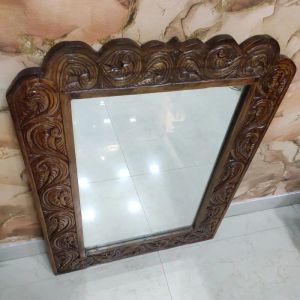Bhilai, Durg, Chhattisgarh
- GST NO. : 22AAFCL6000K1ZV
50 Piece (MOQ)
| Business Type | Exporter, Supplier |
| Material | Bell Metal |
| Application | Home Decor, Gifting |
| Style | Dhokra Art |
| Click to view more | |
Preferred Buyer From
| Location | Worldwide |
Product Details
“This wonderstruck piece of tribal couple is crafted in Dhokra art, the immense intricate details are strong enough to mesmerize your thoughts. One can easily admire the beauty of this artpiece for hours as they just cant stop looking at this work of our skilled artists !!
The artists have depicted the details of jewelry worn by these people, their lifestyle and the clothing pattern, the hairstyle the headgears along with the accessories.
The tribe is known as “”MURIA”” Native to India, the Muria tribe is mostly found in the Central INDIA. The Muria people have a strong cultural history and adhere to their own customs, rituals, and practices. They have a unique system of social structure, and an elder council oversees each of their settlements.”
Bell Metal Tribal Couple Figurine quantity
Description
The Muria tribe, residing in the Bastar region of Chhattisgarh, India, are known for their vibrant and symbolic ornaments. These ornaments are more than just decorations, they hold cultural and spiritual significance.
Necklaces: Made from beads, shells, seeds, and even metal, necklaces come in various lengths and styles. They often depict geometric patterns, animal figures, and nature motifs.
Ear ornaments: Muria women wear large, circular earrings made of silver or brass. Sometimes they are decorated with beads or bells.
Head ornaments: Head ornaments are significant for both men and women. Women wear headpieces made of beads, shells, and feathers during festivals and ceremonies. Men wear caps made of leaves or cloth.
Armlets and bangles: Made from glass, metal, and wood, armlets and bangles are worn by both men and women. They are believed to ward off evil spirits and bring good luck.
Nose rings and lip plugs: While less common today, nose rings and lip plugs were traditionally worn by Muria women. They were made of silver or brass and could be quite large.
The materials used in Muria ornaments are often locally sourced and have symbolic meanings. For example, cowrie shells represent fertility, while peacock feathers represent beauty. The ornaments are not just beautiful, but they also tell stories about the wearer’s identity, status, and beliefs.
Looking for "Bell Metal Tribal Couple Figurine" ?
Explore More Products



